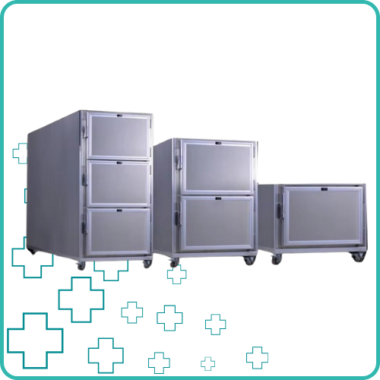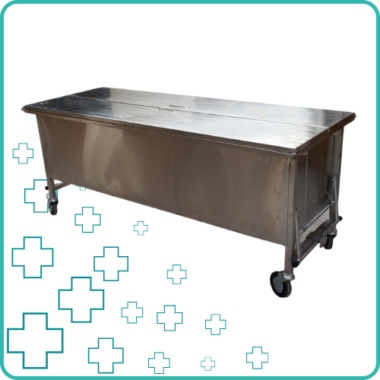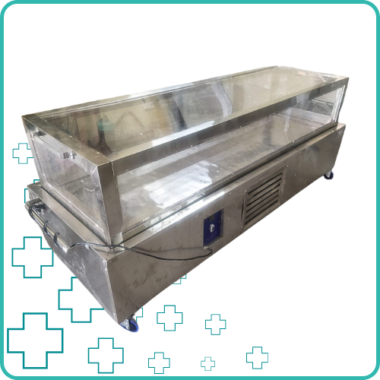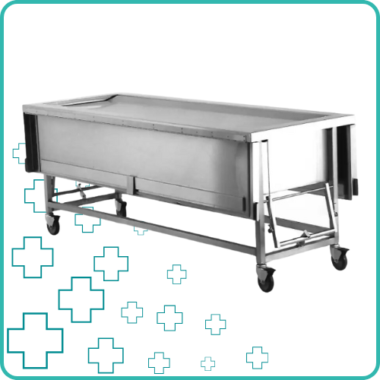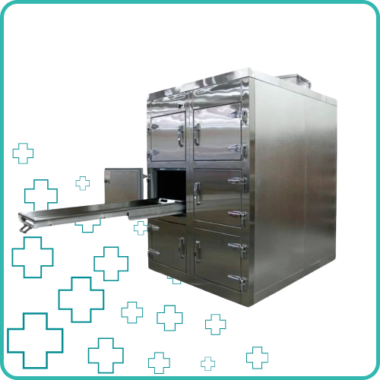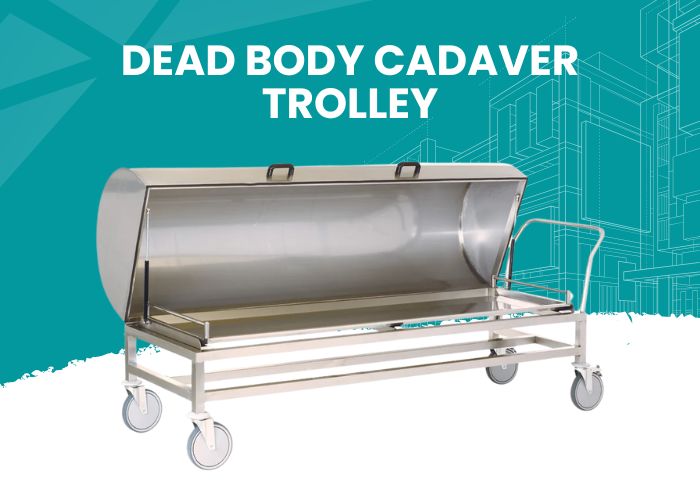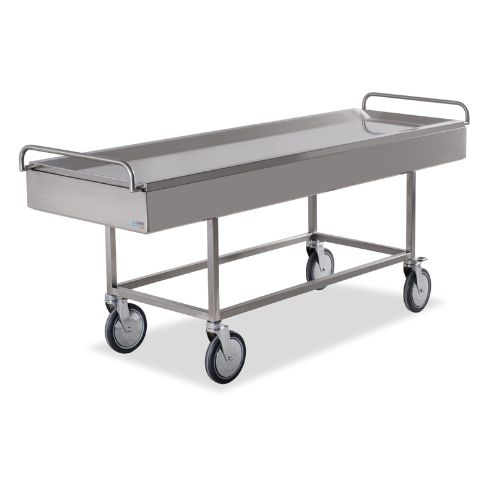In conclusion, a Dead Body Cadaver Trolley is an essential piece of equipment that ensures safe, hygienic, and efficient transportation of deceased bodies. By investing in a high-quality trolley, you can improve the safety of your staff, maintain respect for the deceased, and streamline the overall operations of your facility.
At Science Udyog, we provide a wide range of Dead Body Cadaver Trolleys, each designed to meet the specific needs of hospitals, mortuaries, and healthcare facilities. Our products are built with durability, safety, and hygiene in mind, ensuring that you have the best equipment for your needs.
If you’re looking for a reliable Dead Body Transport Trolley, Mortuary Body Transfer Table, or Dead Body Cadaver Trolley, look no further. Our products offer the best in functionality and value for money.


